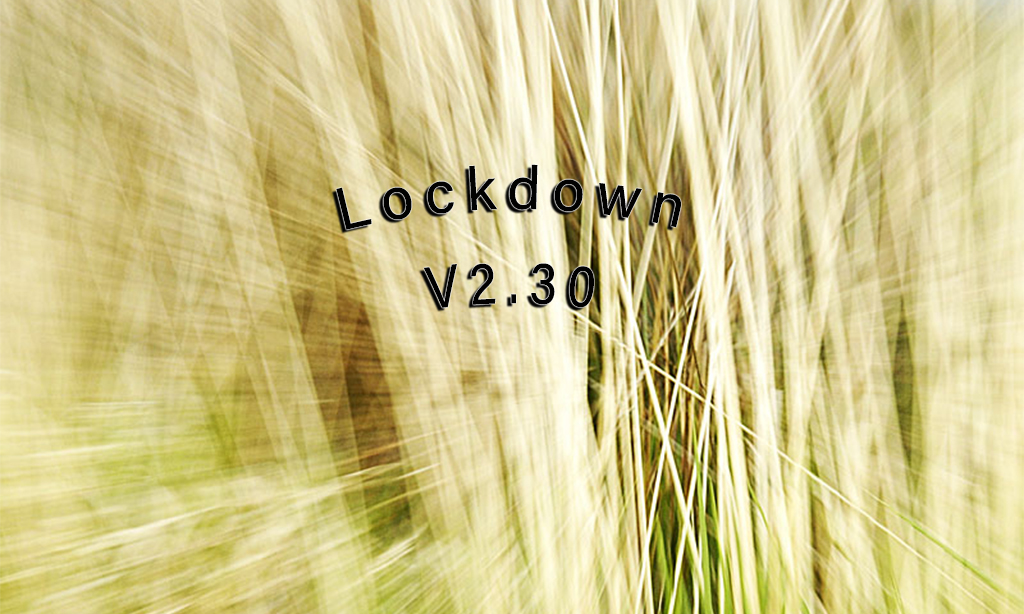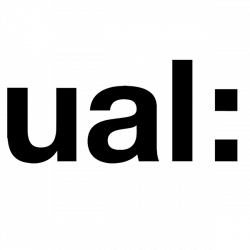Photography & Text by Edo Buttinelli
BA (Hons) Interaction Design Arts
Porto airport, May 2020. I needed to get back to the UK. I was at the airport for nearly 3 hours and I barely saw anyone. There was stillness and calmness; the scene was as surreal as in the pictures. The text I have written below is in relation to the idea of “non-places”, which are transitory spaces such as airports and hotels, looked at from a sociological perspective and how we inhabit them as humans. I have written my dissertation on the same theme and it is one of the ideas leading my thought as an artist.
After all these years, I might have finally found out: the place in which I feel most at home is not my fatherland or the city I live in, but the transport system that gets me from one to the other, furnished by a team of able in-house designers. I never thought I would miss the obnoxious smell of the Boeing 737’s air filter. Or waiting for hours at the gate’s queue passport-in-hand. Or the very uncomfortable seats or the cubicle toilets, but I now realise that I often found in this and other transitory environments the right setting for creative production. Buses, trains, airports and lounge spaces. Spaces furnished by someone else, cleaned by someone else – non-places. Spaces that would make me feel detached from my own life, and that is a feeling I like: detachment.


